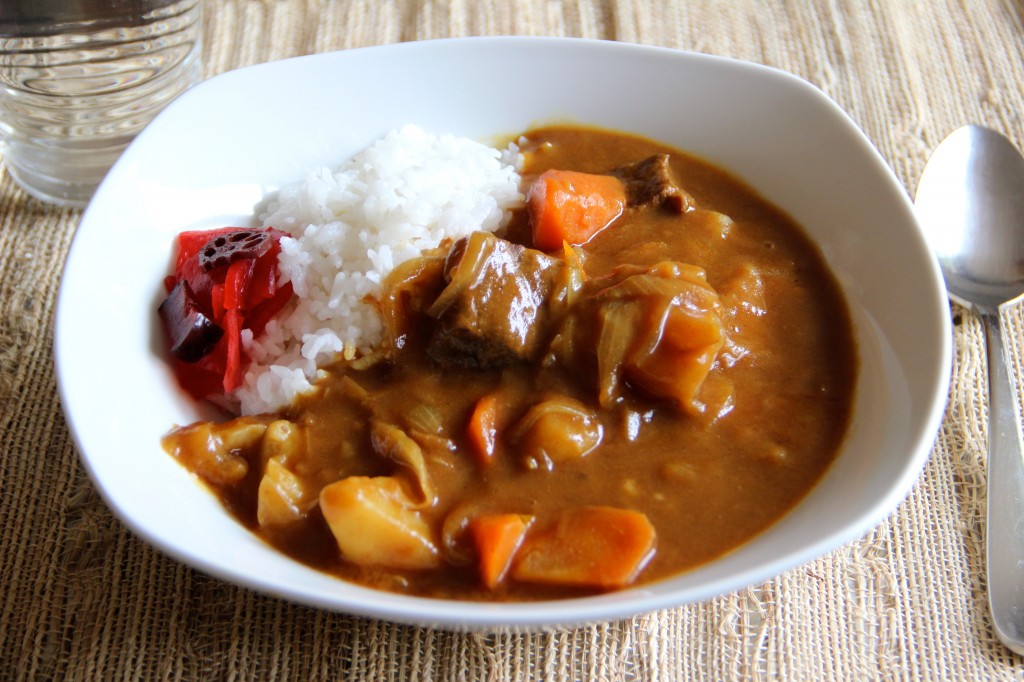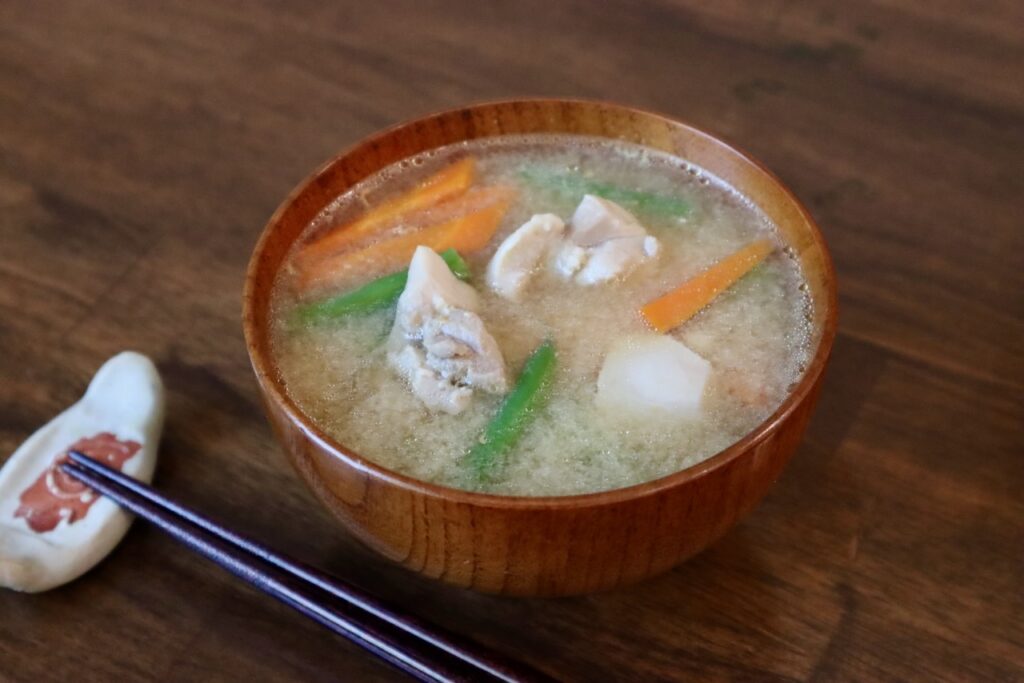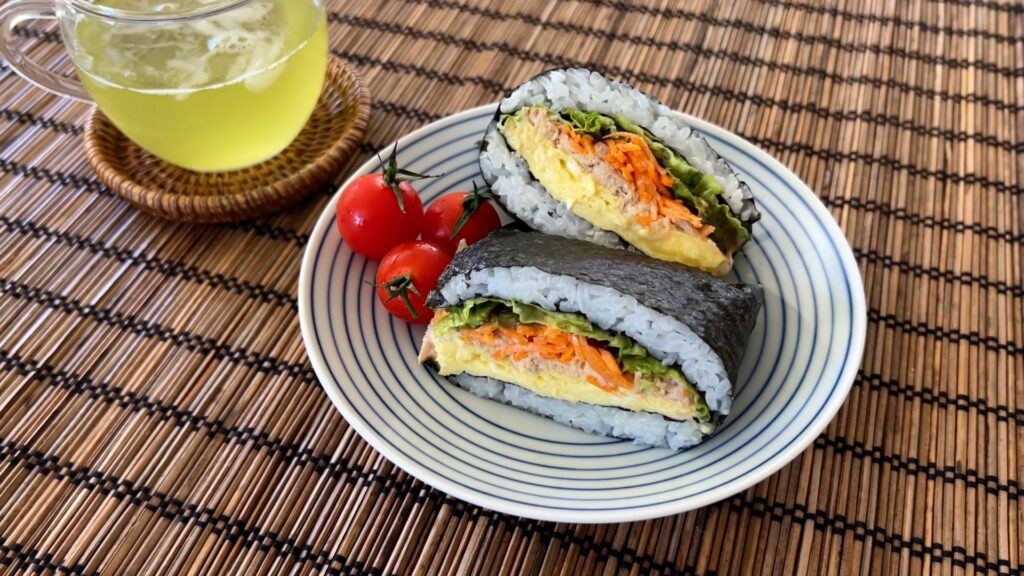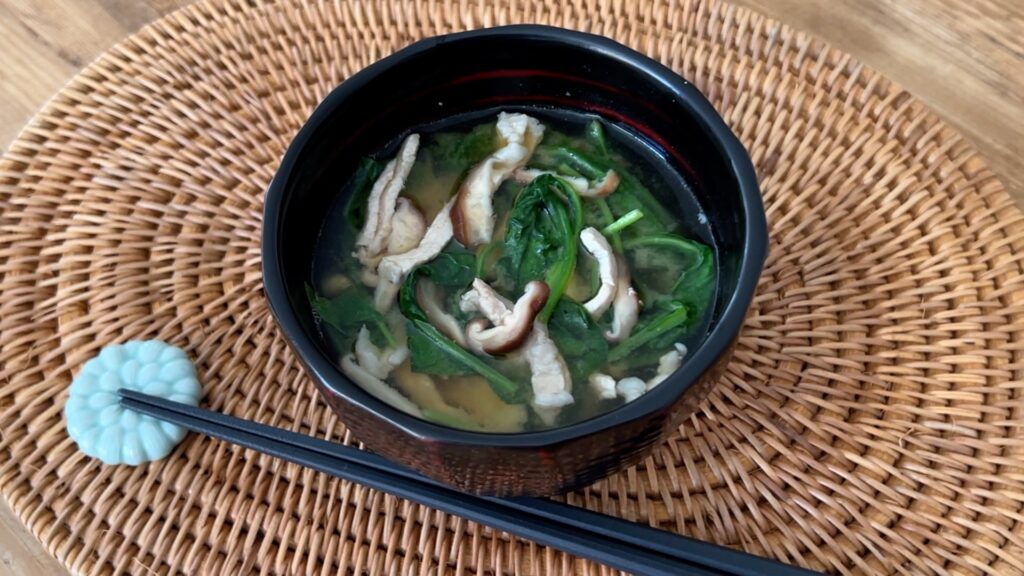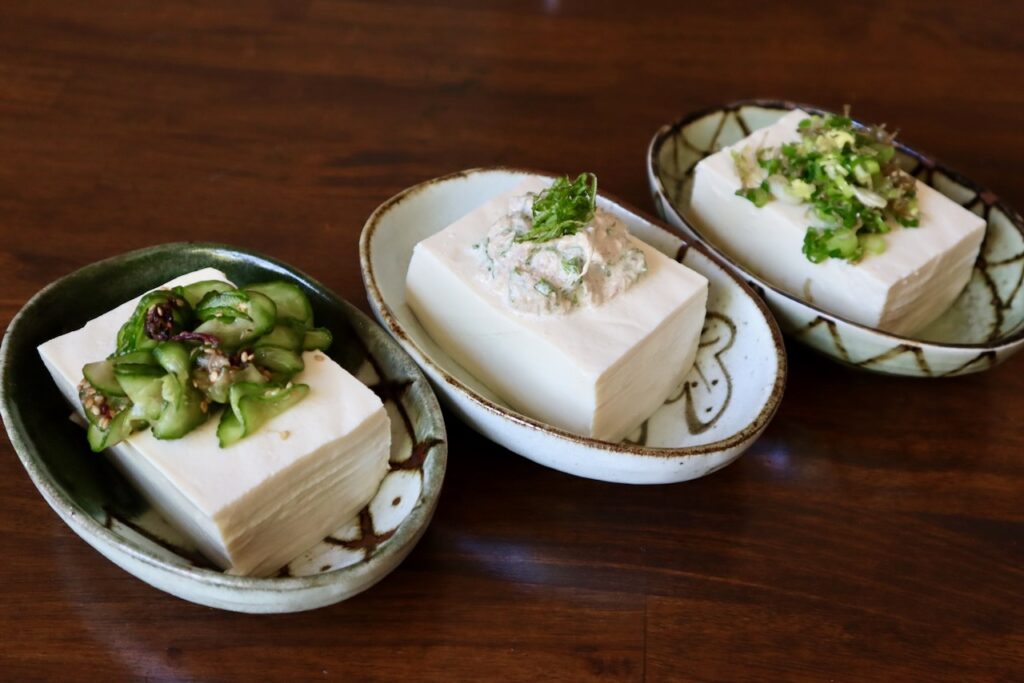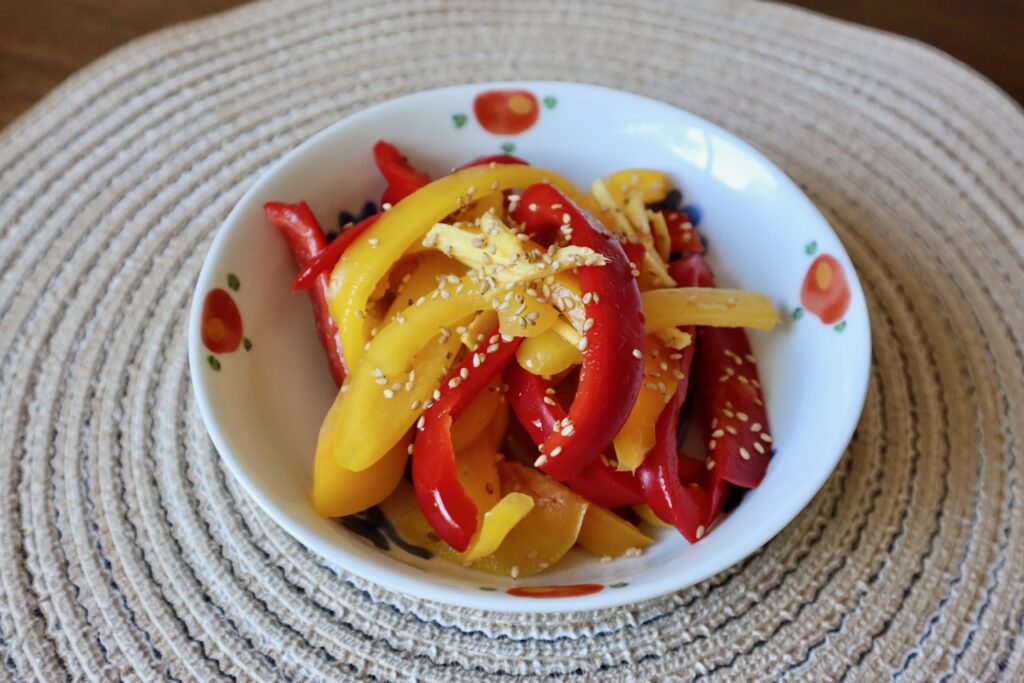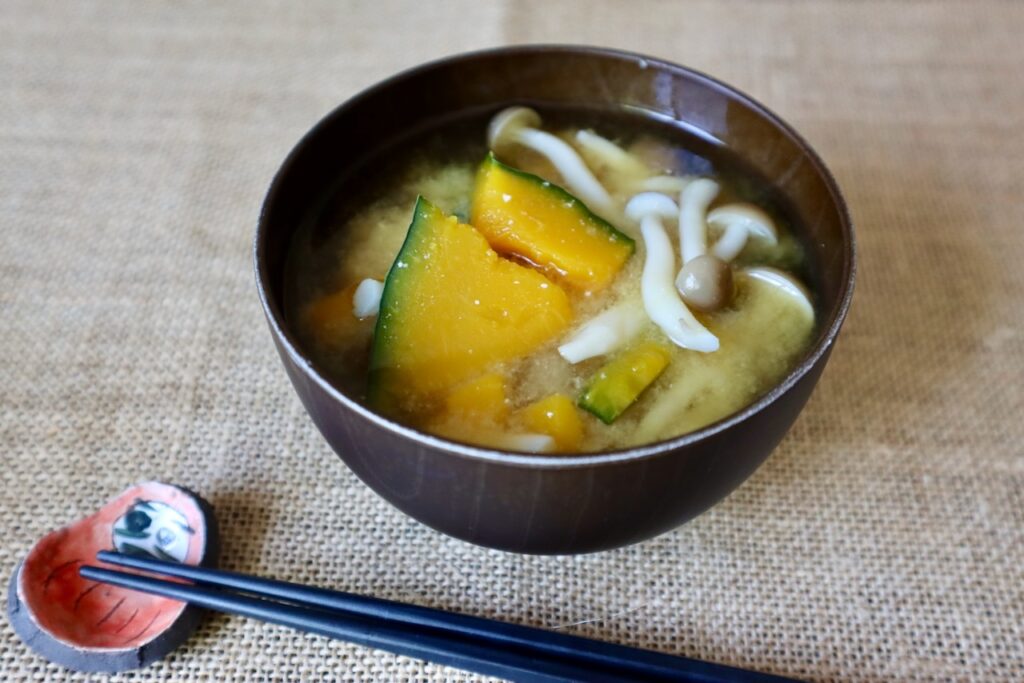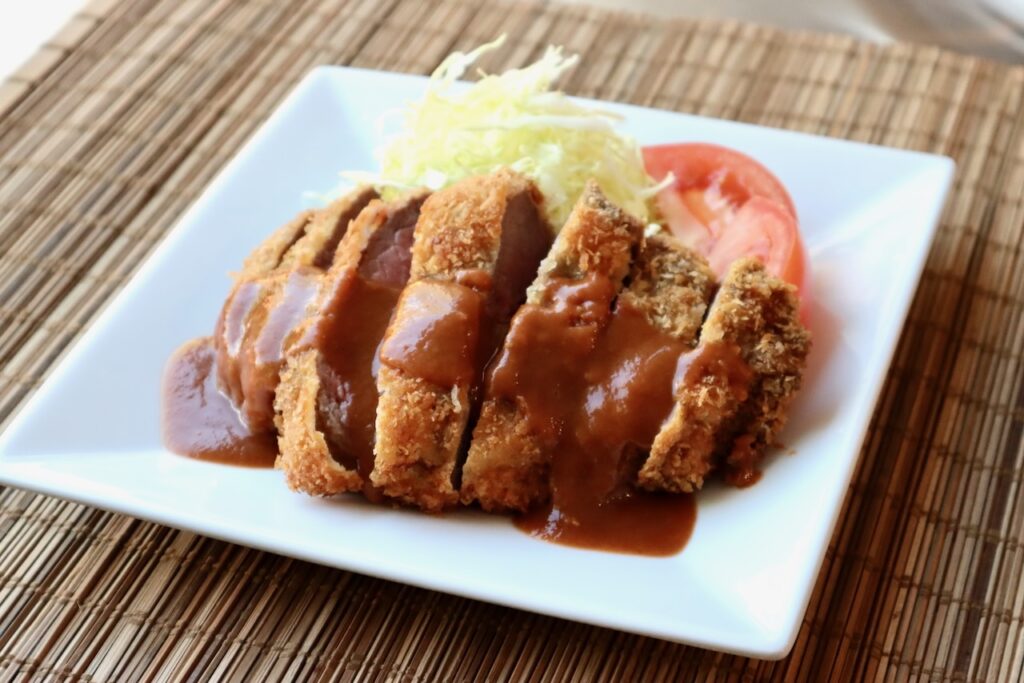Since we started our website and YouTube channel back in 2012, these have been the 10 most popular Japanese recipes on Japanese Cooking 101. To celebrate our 10th anniversary, all 10 recipe videos were recreated in 2022 with a few new tips and variations.
Japanese style garlic fried rice is often served at Teppanyaki restaurants as a side dish for steaks or grilled seafood. Minced fresh garlic is slowly cooked in olive oil and butter in a frying pan, and the cooked steamed rice is fried in the aromatic oil. Similar to garlic noodles or garlic bread, the flavor combination of garlic, oil, and rice can’t go wrong. This is an easy to make side dish, and the flavor is so addictive! You can double the recipe if you cook on a griddle or a large skillet.
Today’s miso soup is made with chicken, green beans, and carrot. It is a hearty and nutritious soup that can be a meal by itself.
Omu Soba (Omusoba, オムそば) is Yakisoba noodles wrapped with a thin egg crepe, looking like an omelette. It’s found at a lot of Okonomiyaki restaurants in Japan that also serve Yakisoba noodles. At a restaurant, skilled Okonomiyaki cooks make noodles and thin round eggs, wrap noodles with the egg on the hot griddles using two Okonomiyaki spatulas right in front of you. That may be hard for us to imitate at home. However, it is not hard to make Omu Soba yourself with a frying pan.
Folding Onigiri is another way to make Onigiri (おにぎり) rice ball. In this way, you don’t have to hold and shape steamed rice directly in your hands, therefore rice doesn’t stick everywhere. It is also called Onigirazu. All the fillings including rice are placed on a sheet of Nori roasted seaweed, and everything is neatly folded together like Origami paper. The fillings could be anything you like, but here I made Carrot Sunomono, Tuna mayo, and Tamagoyaki egg as fillings for the Onigiri. Super yummy and nutritious! Hope you enjoy this flavor combination!
Today’s miso soup is made with baby spinach, pork, and Shiitake mushrooms. Pork and Shiitake mushrooms give extra Umami savory flavors and make this soup extra delicious. And spinach adds great nutrition with vitamins, iron, potassium, and lots of fiber. Don’t cook too long, and enjoy the full benefit of the goodness of the super vegetable!
Hiyayakko is cold Tofu salad widely eaten in Japan during hot weather. Basic Hiyayakko is eaten simply with chopped green onion and Katsuo dried bonito flakes drizzled with soy sauce. If you like to eat Hiyayakko throughout the whole summer, that might be a bit boring. We will show you three more ways to arrange Hiyayakko here.
This bell pepper tsukemono is something between pickles and salad. Rice vinegar and sugar adds just enough sourness and sweetness to the red and yellow bell peppers. Ginger root and sesame seeds are great accent in flavor. Eat as is or pour a little bit of soy sauce over if you like. Bell pepper tsukemono can be a great appetizer or a little side dish next to a bowl of steamed rice.
Today’s miso soup is with kabocha squash and shimeji mushroom. Kabocha is naturally sweet, and it tastes wonderful when it’s cooked in savory Dashi broth. Cut in thin bite size pieces for the soup, and it takes much less time than making a simmered kabocha dish (kabocha no nimono).
Beef Katsu (ビーフカツ), also called Bifu Katsu or Gyukatsu (ビフカツ、牛カツ), is steak (cut beef) coated with Panko bread crumbs and deep-fried. Beef Katsu is very similar to Tonkatsu fried pork, but it is less known outside Japan. The richly flavored Beef Katsu is a little bit more expensive to make at home for everyday dinner, so it may be served more often for more special occasions.
